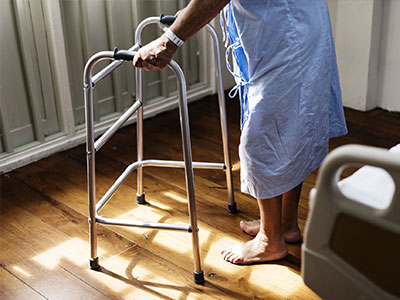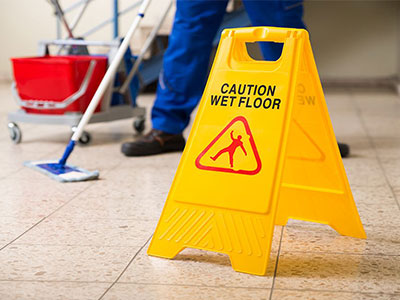What to look for when you’re taking out Care Home Insurance
Care homes that look after elderly, disabled or other vulnerable people play a vital role in the UK, helping to ensure their residents are safe, secure and well cared for. But it probably won’t come as much of a surprise to learn that care homes also face a wide range of insurance risks that many other private businesses don’t have to deal with, specifically because of what they do and who they care for. That’s why it’s critical that you know exactly what to look for when you’re taking out Care Home Insurance.
 Many providers will let you bundle together a range of different types of cover to create an insurance policy that’s tailored to your own care home’s specific requirements.
Many providers will let you bundle together a range of different types of cover to create an insurance policy that’s tailored to your own care home’s specific requirements.
These are some of the types of cover you should consider including when you’re taking out Care Home Insurance.
Public liability insurance: This type of cover insures the business against the potential risk of a liability claim by a visitor to the care home, such as a relative of a resident or a delivery person. If a visitor slipped on a wet floor and made a claim against the care home for personal injury, for instance, public liability insurance could cover the cost of both court fees and compensation pay-outs.
Professional indemnity insurance: If one of the care home’s employees makes a mistake (injuring a resident by lifting them incorrectly, for instance, or giving a resident the wrong medication) there is a risk that the business might face legal action. Professional indemnity insurance can protect the care home in these cases.
Legal expenses insurance: If your care home has public liability insurance this should cover the legal expenses you might incur if a member of the public makes a claim, while professional indemnity insurance can cover your legal expenses if an employee makes a serious mistake. But there are other situations where your care home could face legal action, which means this type of additional legal expenses cover might be worth considering.
 Employers’ liability insurance: It takes a great team to provide a great level of care, but when you employ staff you’re also legally obliged to have employers’ liability insurance in place. This can cover compensation claims and legal bills your business might incur if an employee is injured at work, and the law states you’ll need to have at least £5m worth of employers’ liability insurance in place.
Employers’ liability insurance: It takes a great team to provide a great level of care, but when you employ staff you’re also legally obliged to have employers’ liability insurance in place. This can cover compensation claims and legal bills your business might incur if an employee is injured at work, and the law states you’ll need to have at least £5m worth of employers’ liability insurance in place.
Buildings insurance: This will generally only be relevant if your care home owns its own building, but if that does apply to your business it would be a wise decision to protect that valuable asset with suitable buildings insurance. In fact, if you have a mortgage on the property you may find that your mortgage agreement has a clause specifically requiring you to take our buildings insurance.
Contents insurance: Many care homes own valuable equipment, electronics and machinery, which is why many decide to take out contents insurance. Some insurance providers are also willing to extend their policies to cover the personal belongings of the care home’s residents, although it’s worth bearing in mind that there’s usually a maximum amount per person for that. This type of insurance cover could prove particularly invaluable given the rise in the number of care homes being burgled in recent years.
Fortunately, you don’t have to take out a separate policy for each of these things in order to ensure your care home is properly covered. Quotezone.co.uk has a Care Home Insurance comparison service that enables care home managers to tailor a policy to their specific needs, adding the types of cover they want to include and then comparing quotes from a range of different insurance providers.





